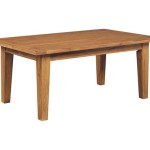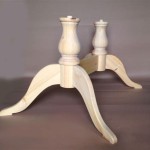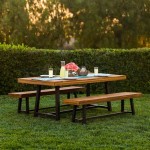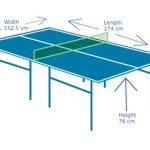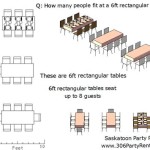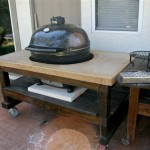Untreated Wood for Raised Vegetable Beds: An Essential Guide
Building raised vegetable beds is a great way to improve your gardening experience and increase your yields. However, choosing the right materials for your raised beds is essential to ensure they are durable, safe, and last for many years to come. Untreated wood is a popular option for raised vegetable beds due to its affordability, natural appearance, and ease of use.
However, it's crucial to understand the essential aspects of using untreated wood for raised vegetable beds before making a decision. This comprehensive guide will provide you with all the information you need to make an informed choice.
Types of Untreated Wood
There are several types of untreated wood that can be used for raised vegetable beds, each with its unique characteristics:
- Redwood: Naturally rot-resistant and durable, making it a good choice for raised beds in humid climates.
- Cedar: Similar to redwood in terms of rot resistance and durability, but more expensive.
- Pine: Less expensive than redwood or cedar, but not as rot-resistant. Suitable for raised beds in drier climates.
- Douglas Fir: Durable and rot-resistant, but more prone to cracking than other options.
Benefits of Untreated Wood
- Affordability: Untreated wood is relatively inexpensive compared to treated wood or other materials like concrete or brick.
- Natural Appearance: Untreated wood has a natural, rustic appearance that can complement any garden.
- Easy to Work with: Untreated wood is easy to cut, drill, and assemble, making it suitable for DIY projects.
Drawbacks of Untreated Wood
- Susceptible to Rot and Decay: Untreated wood is not as resistant to rot and decay as treated wood, especially in moist or humid environments.
- Shorter Lifespan: Untreated wood raised beds typically have a shorter lifespan than treated wood or other materials.
- Chemicals and Leaching: Untreated wood may contain natural chemicals that can leach into the soil and potentially affect plant growth.
Tips for Using Untreated Wood
- Choose a Rot-Resistant Wood Species: Opt for wood species naturally resistant to rot, such as redwood or cedar, especially if your raised bed will be exposed to moisture.
- Apply a Natural Wood Preservative: Consider applying a natural wood preservative to extend the lifespan of your untreated wood raised beds.
- Build on a Well-Drained Surface: Ensure that the raised bed is built on a well-drained surface to minimize moisture accumulation.
- Add a Layer of Gravel or Stone: Place a layer of gravel or stone at the bottom of the raised bed to improve drainage and prevent soil contact with the untreated wood.
- Line the Bed with Landscape Fabric: Line the raised bed with landscape fabric to prevent weeds and soil from coming into contact with the wood.
By carefully considering the essential aspects of using untreated wood for raised vegetable beds and following the tips outlined above, you can create durable and safe raised beds that will enhance your gardening experience for many years to come.

Raised Garden Bed Woodlogger

How To Create Raised Beds With Wood The Simple Secrets Success

Raised Garden Bed Materials Figure Out Your Diy Setup

Is Heat Treated Wood Safe For Gardening

Best Wood For Raised Garden Beds Empress Of Dirt

Natural Cedar Raised Beds Gardening Naturally

Build A Raised Garden Bed With Treated Wood Tague Lumber

Selecting The Right Material For Your Raised Bed Garden Milorganite

Building Raised Beds Hip Digs

Wooden Raised Vegetable Beds To Preserve Or Not


